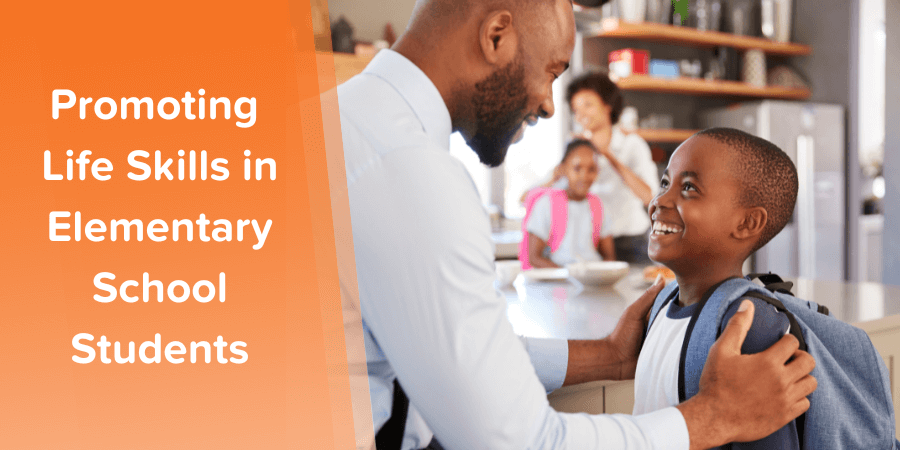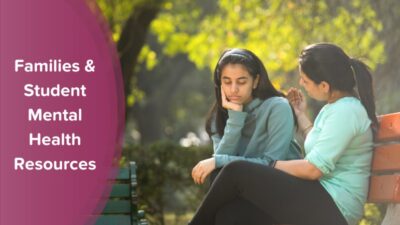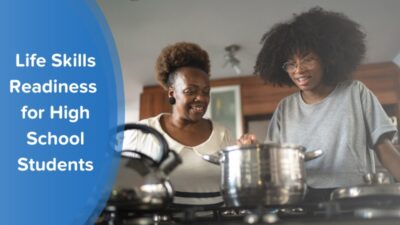by ParentPowered contributing author Curran Mahowald, M.A. Cognitive Science in Education
Amid the focus on closing learning gaps, it is easy for educators and caregivers alike to forget about the social and emotional components of learning in elementary school. They may hesitate to spend time on social emotional learning activities for elementary, middle, or high school students – activities such as icebreaker questions or relationship skills – as they are under pressure to boost grades and test scores.
However, social emotional learning is not separate from academic growth—it is a crucial ingredient for it!
A story from my time as a French teacher illustrates this point. Speaking skills are key to communicating in any language, and developing these skills takes lots of practice. But getting this practice can be nerve-wracking, especially as a beginner who is bound to make mistakes along the way.
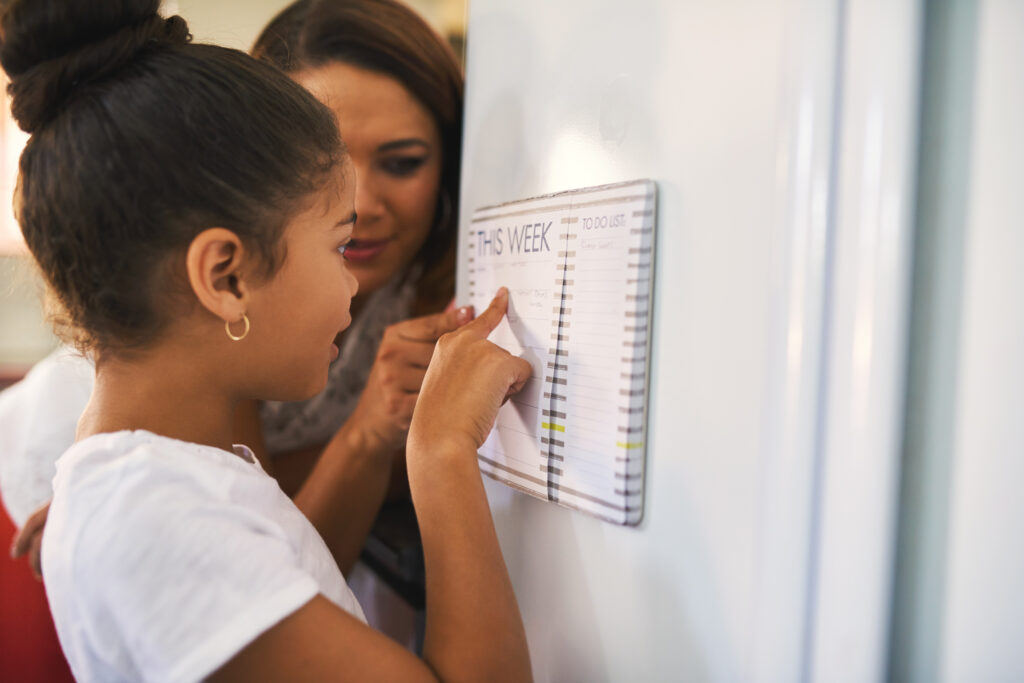
Your teacher asks, “Qu’est-ce que tu as fait hier soir?” and all eyes are on you. You are expected to understand and respond with a series of sounds that feel just as foreign as they sound. This situation provokes at least some stress for even the most confident students. Students who have the social-emotional skills to cope with this stress are the ones who persevere and get the practice they need, even in a challenging environment.
But students are not alone in this challenge. Educators and families can take intentional steps to promote core social and emotional skills. And when we do, we can expect not only improvements in student behavior but also in academic learning.

What is social emotional learning (SEL)?
We hope that by the time they become middle school students, kids will have developed some basic relationship skills, conflict resolution strategies, responsible decision making, and a sense of community. These are examples of social emotional learning skills—the life skills that allow children to interact with their environment to learn and grow.
What does the research say? Recent studies have documented student progress in social as well as academic skills from universal SEL interventions implemented as part of classroom learning.
For example, January, Casey and Paulson (2011) analyzed the results of 28 peer-reviewed articles and found an overall small positive effect of school-based SEL interventions on social skills. They also found that early interventions tended to have a stronger effect than interventions with older students. This means that 2nd grade teachers, for example, may make the largest impact on student progress by teaching relationship skills and growth mindset at that grade level, compared with teachers of middle school students.
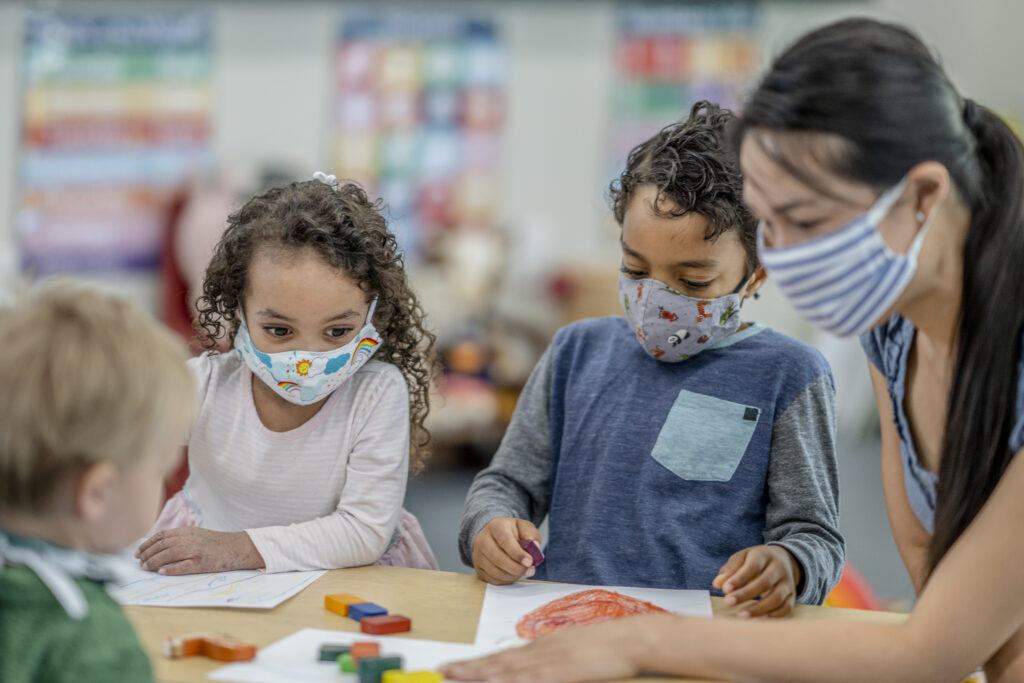
As for academic learning, Durlak et al. (2011) analyzed 213 studies of school-based SEL interventions and their impacts on student progress in academic learning and social emotional learning skills. They found an 11-percentile-point gain in academic achievement in addition to improvements in student behavior.
So what does it look like for families and educators to promote social emotional learning skills for elementary students? When you think of how SEL could be supported during the school day, you probably think of feeling faces, fun games, and icebreaker questions. Some schools may even implement a social emotional learning curriculum. But what social-emotional learning activities can families do at home to support student development in the area of SEL?
From math class to quiet time, from morning meetings to board games, opportunities for students to develop SEL competencies at school and at home abound at every elementary grade level. We’re excited to share some tried and true social emotional learning activities for elementary students. Such activities give kids the opportunity to develop a growth mindset, active listening, social skills, and more!

Self awareness and self-esteem
A core social skill kids develop in elementary school is to understand themselves and what makes them special. They develop this sense by trying new things both in and out of the classroom. When challenges arise, thinking positively helps children persevere. The way adults respond to a child encountering difficulty matters to their development. Both educators and families can use this strategy to model and encourage positive thinking:
- TIP: When your child is frustrated and says “I can’t”, encourage them to add a “YET”. Their new phrase becomes “I can’t YET.” Use the power of “YET” all day!
- GROWTH: Keep thinking positive! Working together, make a list of other positive phrases your child can say, like, “I’ve got this!” Post the list as a reminder.
You can even create cue cards with these empowering phrases to use at home.
To foster a growth mindset, try asking your student these key questions:
- What’s something that you can do that you feel really proud of?
- What do you know how to do that you could teach others?
- What are some great ways you are different from your classmates?
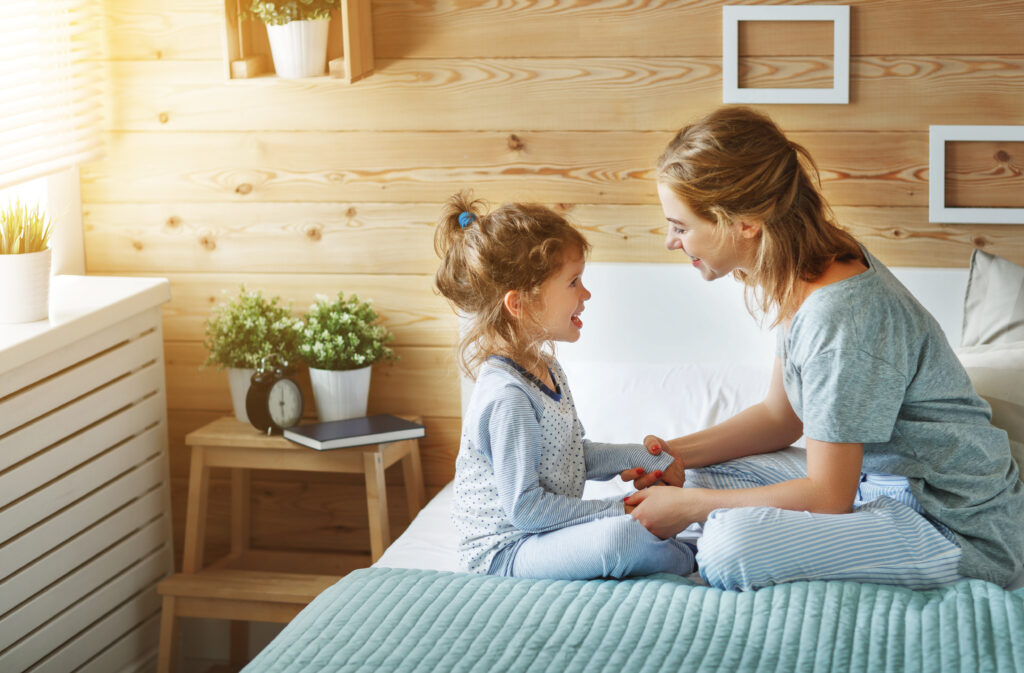
Children benefit from hearing a consistent message from the adults in their life, both at school and at home, that they are capable of doing better and that putting in effort to overcome challenges will make them stronger.
Learning to express oneself also lays the foundation for building a healthy sense of self. Asking some key questions about students’ opinions shows them their voice matters. Providing some quiet time for student reflection on their independent reading and then asking icebreaker questions about it also brings learning to life.
As with many other strategies, this is something parents can do at home that will make it easier for children to express themselves at school:
- TIP: After dinner, ask your child about the books they’re reading. After they share, ask their opinion. Try, “What do you think about the book?” Then ask “Why?”
- GROWTH: Keep inviting opinions. When you disagree, pause to ask for their thoughts. Try, “Why do you feel that way?” Then, “I heard you say X, is that right?”
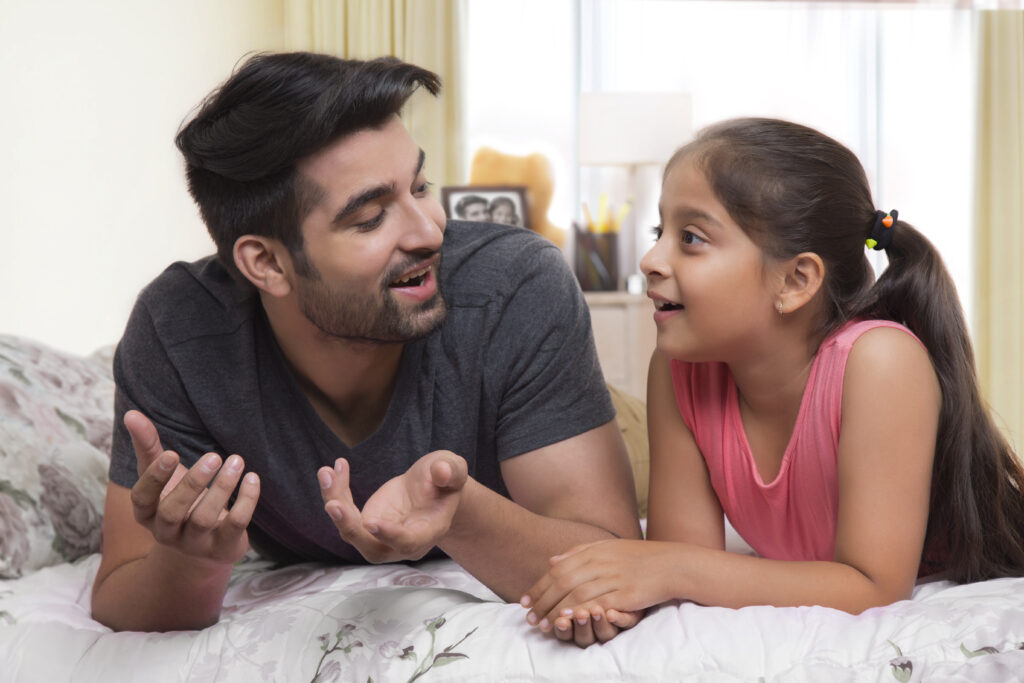
When you challenge students to articulate their opinion while in a safe space, you build their confidence to do so during a class discussion. Social-emotional learning activities at home can translate to classroom learning!
Relationship skills
Social relationships are a rich environment for practicing social emotional learning skills at every grade level. In elementary school, kids learn that a good friend listens, supports, and encourages healthy choices.
Every day is full of opportunities for students to reflect on the friendships they’re developing. One great way for parents and caregivers to jumpstart this critical thinking at home is to offer a compelling story from their own life. Then listen to the stories students share.
- TIP: Before bed, share about a friendship. Tell your child about a time that a friend helped you feel better or learn something new. Share how it made you feel.
- GROWTH: Keep talking about friendship! Now ask your child questions. Try, “How do you feel with your friends?” or “What’s important to you in a friendship?”

Other key questions you can ask are “What do you like most about your friends?” and “Is anything hard about having friends?”
Educators: Did you know that fostering connections between students can lead to improvements in student behavior? Challenge students to write cards to students in their class to nurture their friendships outside of class meetings.
Morning meetings can be the perfect time to practice basic relationship skills. Using kind words and phrases makes for positive interactions and healthy relationships. Families can set their students up for an emotionally healthy day at school by preparing one positive statement they can make to their teacher.
Here’s a great activity for parents to use with kids before school:
- TIP: Encourage your child to start their day with a THANK YOU. Ask, “What’s one thing you can thank your teacher for right when you get to school?”
- GROWTH: Keep encouraging THANK YOU! When your child says THANK YOU, let them know you notice. Say, “When you say thank you, it makes me feel good!”
Executive function
Setting goals and planning how to reach them is an important driver of student progress. The organization and task initiation skills kids build at home with their families can transfer to the classroom. Here’s an example activity that parents can lead with their kids to build executive functioning skills:
- FACT: When kids have lots of practice planning and preparing for things while they’re at home, they are often more independent and self-directed at school.
- TIP: Before bed, play “Pretend Get Ready.” Can your child act out the first thing they’ll do to get ready when they wake up? How about the next thing?
- GROWTH: Keep planning and preparing. Ask your child to pack their backpack the night before school. Help think through what they’ll need for the day.
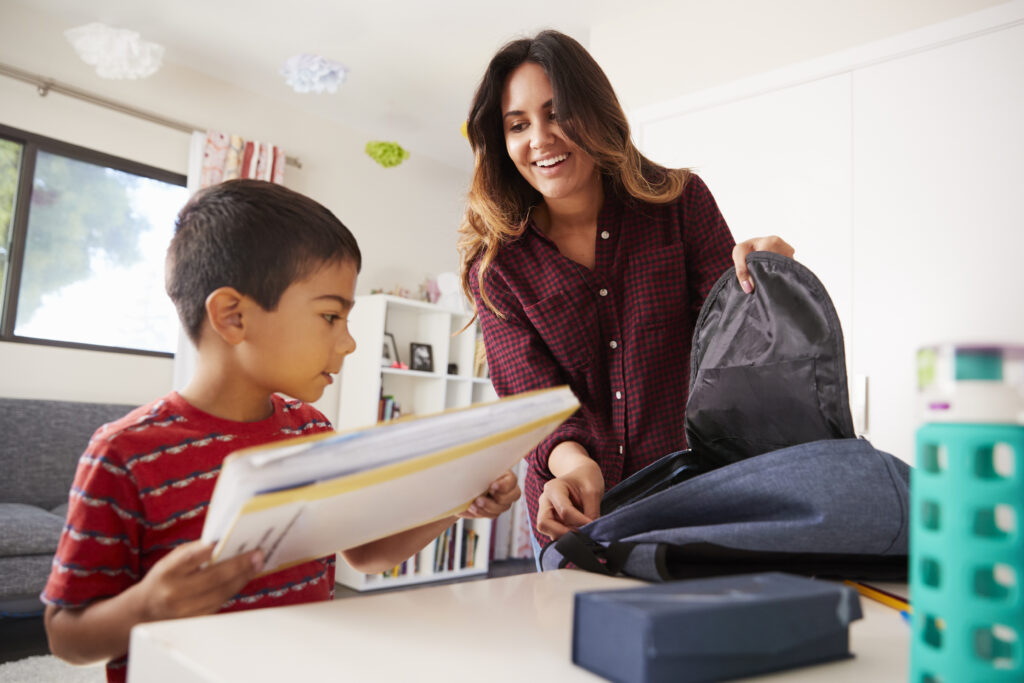

Feelings
Awareness of emotions
Academic performance in elementary school depends on students’ emotional learning skills, like calming down when they’re upset. But first, they have to notice they’re upset! In other words, students need to be able to identify their own emotions.
You can use fun games to practice naming feelings like happy, sad, and angry. You can challenge students by adding more nuanced emotions over the course of student development. Try this one during mealtimes at home:
- TIP: During dinner, play ”guess how I’m feeling.” Make a happy face and ask, “Can you guess how I’m feeling?” Try sad and excited – then have your child try.
- GROWTH: Keep naming emotions to prepare 4K. At bedtime, ask your child to share how they’re feeling using words. Can they make a face to show the emotion too?
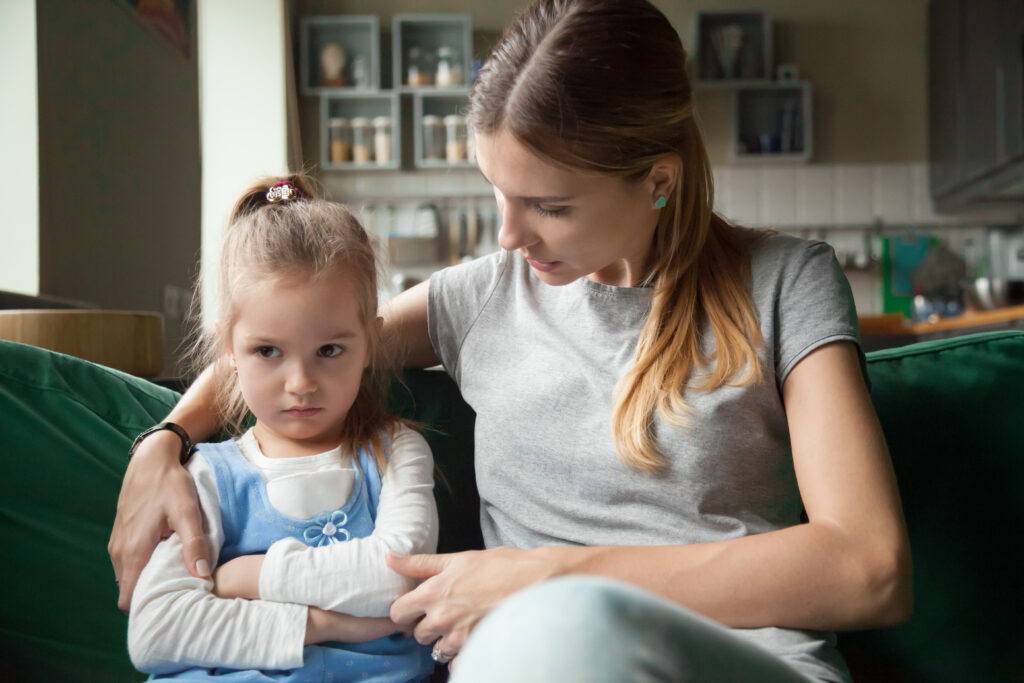
At school, teachers can have students create cue cards with faces of people showing different emotions and allow them to play matching games like Go Fish with these cue cards during a brain break or rainy day recess.
To see improvements in student behavior, adults should prioritize emotional learning strategies related to identifying and talking about feelings. Parents and educators should check in periodically to evaluate student progress in emotional awareness.
Key questions to ask yourself include:
- Can students identify feelings based on face and body cues, and context?
- Can they detect the intensity of feelings?
- Can they identify situations that may cause certain feelings in the future?
- Do they understand the difference between feelings, thoughts, and behaviors?
- Do they understand that all feelings are okay, but some behaviors are not okay?
Listening
Every parent wants their child to listen to them, but it’s a two-way connection. Children want to feel heard just as much as adults do. Enabling students to express their feelings will open the communication channel. One great way to encourage children to express their own feelings and to build connections between students is to be a great listener. Modeling active listening skills not only encourages your child to open up about problems but also demonstrates relationship skills they can use during a class discussion.
Here’s one way families can practice and model active listening skills with their children:
- TIP: When your child shares about a problem, offer your full attention. Don’t worry about what you’ll say next. Just listen to their words as they share.
- GROWTH: Keep listening. After your child shares, show understanding. Try saying “I heard you say that you’re upset because X happened. What did you want to happen?”
In order to build social relationships, kids also need to understand other people’s feelings and needs. Student development in this area can be reinforced at home, when caregivers can challenge students to think about what they could do in certain interpersonal situations. This kind of student reflection without a time constraint helps students develop social skills and pave the way for stronger connections between students.
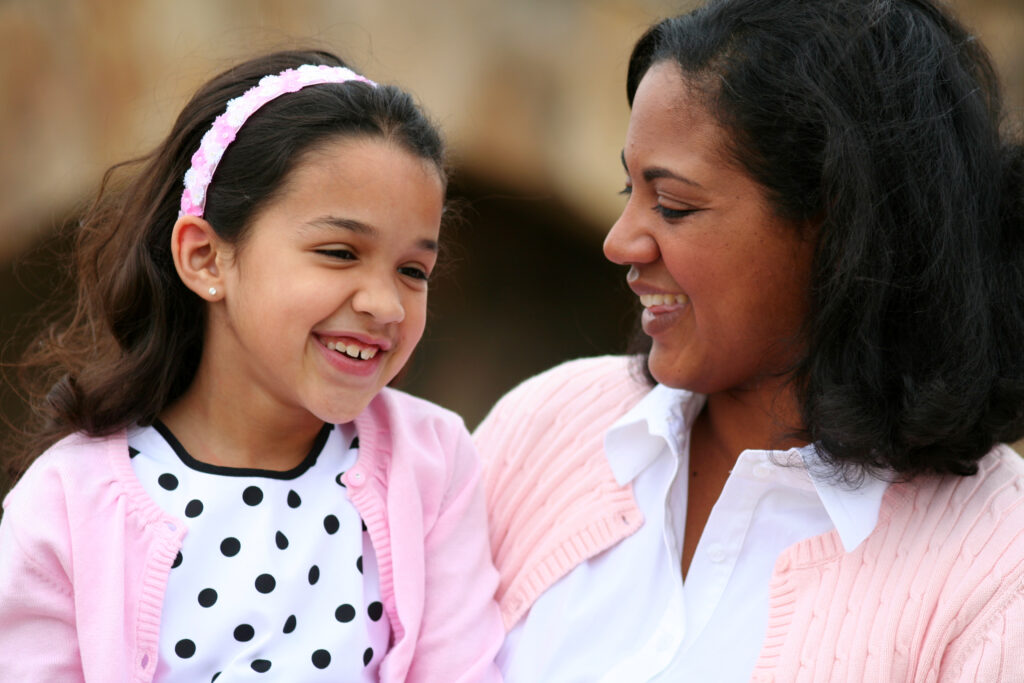
Take a look at this reflection activity, perfect for families to use during bedtime routines:
- TIP: At bedtime, make up WHAT IF questions about friends’ feelings. “What if you saw a friend who looked lonely? Sad? Mad? What would you do or say?”
- GROWTH: Keep up all that feelings talk to help kids learn empathy. Now practice with a favorite stuffy. “Look! Bear is angry. How can you help?”
Other key questions families and educators can ask themselves include:
- Does the child recognize that people’s feelings can change?
- Can the child describe someone else’s point of view?
- Does the child understand that someone can have more than one feeling at a time?

Breathing
Whether it’s a confusing moment in math class or a frustrating turn during board games, strong feelings can make problem solving difficult. Luckily, even simple activities with no supplies can bring the calm and focus they need to tackle tough problems, leading to improvements in student behavior.
Deep breathing is something teachers and parents can practice with students anywhere, any time. When you notice a child starting to get frustrated, ask them to join you in taking five deep breaths. Say, “Let’s breathe so deep our bellies go up and down!” You can even use your five fingers to count the breaths, as demonstrated in this video of Mountain Climber Breathing.
Setting aside a quiet time for student reflection on how they were able to calm down and move forward can make it more likely that they’ll remember this strategy the next time they get stuck. Teachers can also post instructions to a simple breathing practice on a bulletin board to promote emotional learning strategies.
Keys to successful SEL
When 2nd grade teachers prioritize emotional learning… the result is middle school students who have the core competences to learn and thrive.
When we step back and think about what kind of student development we expect from elementary schoolers who are prepared to be successful middle school students, it goes beyond academic learning. That’s why it’s important for both families and educators to attend to student development of executive function, relationship skills, self-awareness, and other social-emotional skills.
It doesn’t take an entire social emotional learning curriculum to promote life skills like these. Families and teachers can use everyday moments with their elementary students to foster social skills, a growth mindset, and more. Simple activities combined with student reflection can go a long way in building social emotional learning strategies.
SEL is not separate from academic learning! Research shows that the best way to teach students SEL skills is through academic tasks. Using moments during normal classroom learning to highlight emotional skills is often called incidental teaching (Institute of Educational Sciences). For example, group work in an earth science simulation is the perfect time to support the development of connections between students, positive relationships, conflict-resolution strategies, and critical thinking.
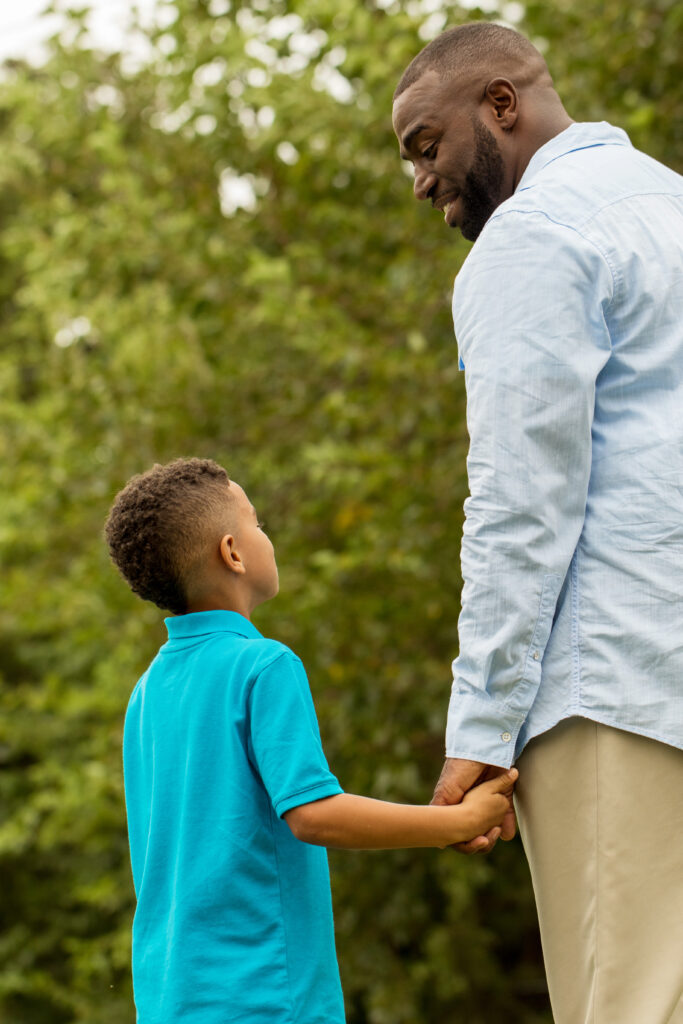
To fully realize schools’ goals for student development, opportunities for students to build social-emotional skills during classroom learning are crucial. According to the Aspen Institute’s 2017 report, “The Evidence base for How We Learn: Support Students’ Social, Emotional, and Academic Development,” students’ abilities to build relationships, regulate emotions, focus their attention, and solve problems are major factors in their academic success. When 2nd grade teachers prioritize emotional learning strategies, the result is middle school students who have the core competencies to learn and thrive in their social and educational environment.
Want more insights about boosting social-emotional skills in students? We’ve compiled resources and stories from the field in this research round-up.

About the author
Curran Mahowald is a former high school language teacher turned education research advocate. In addition to having worked at ParentPowered, she has also designed parent-facing informational materials at Oakland Unified School District and currently works on improving national research-to-practice infrastructure at the Annenberg Institute for School Reform at Brown University. Curran holds an M.A. in Cognitive Science in Education from Teachers College, Columbia University and B.A.s in Linguistics and French from the University of Southern California.

